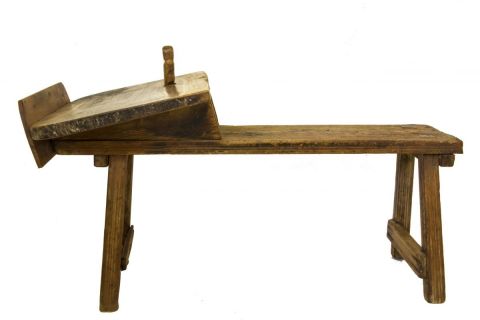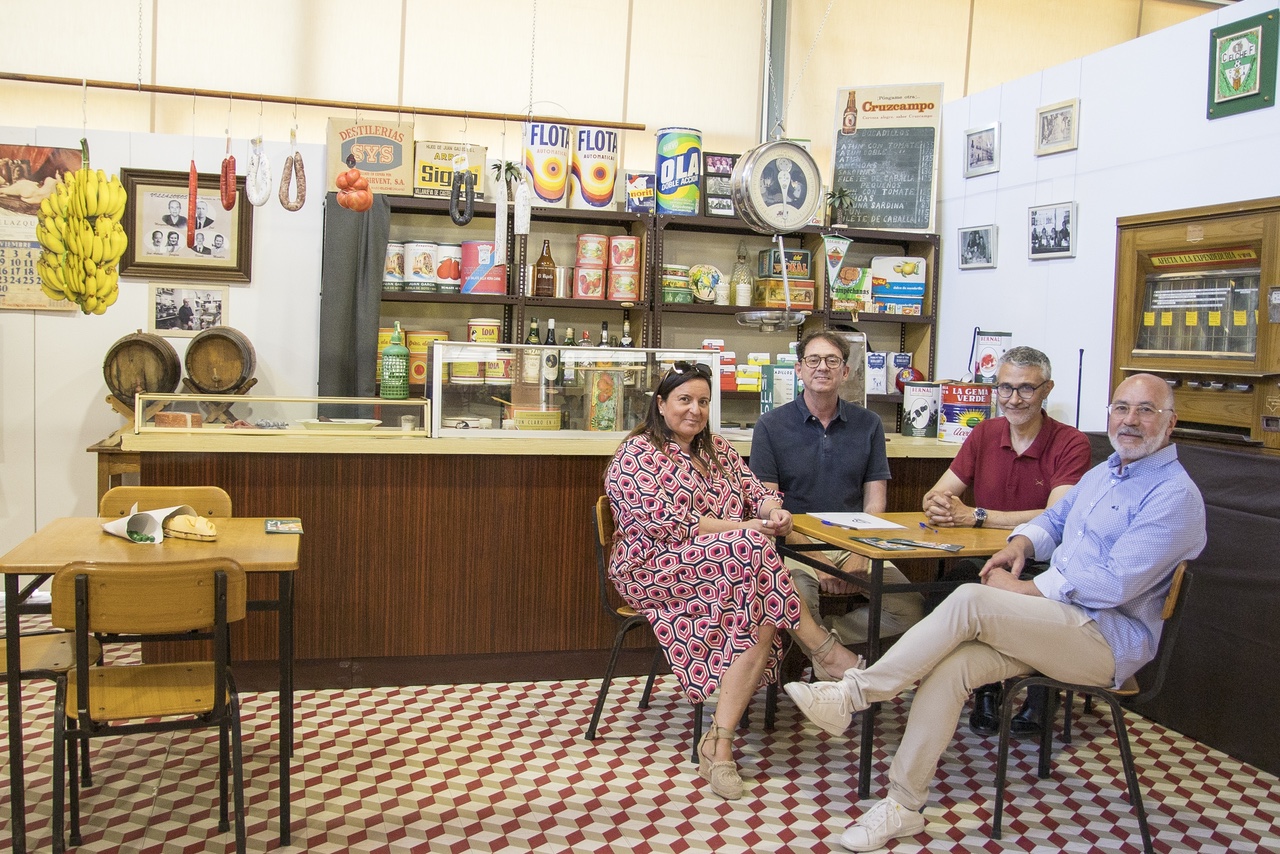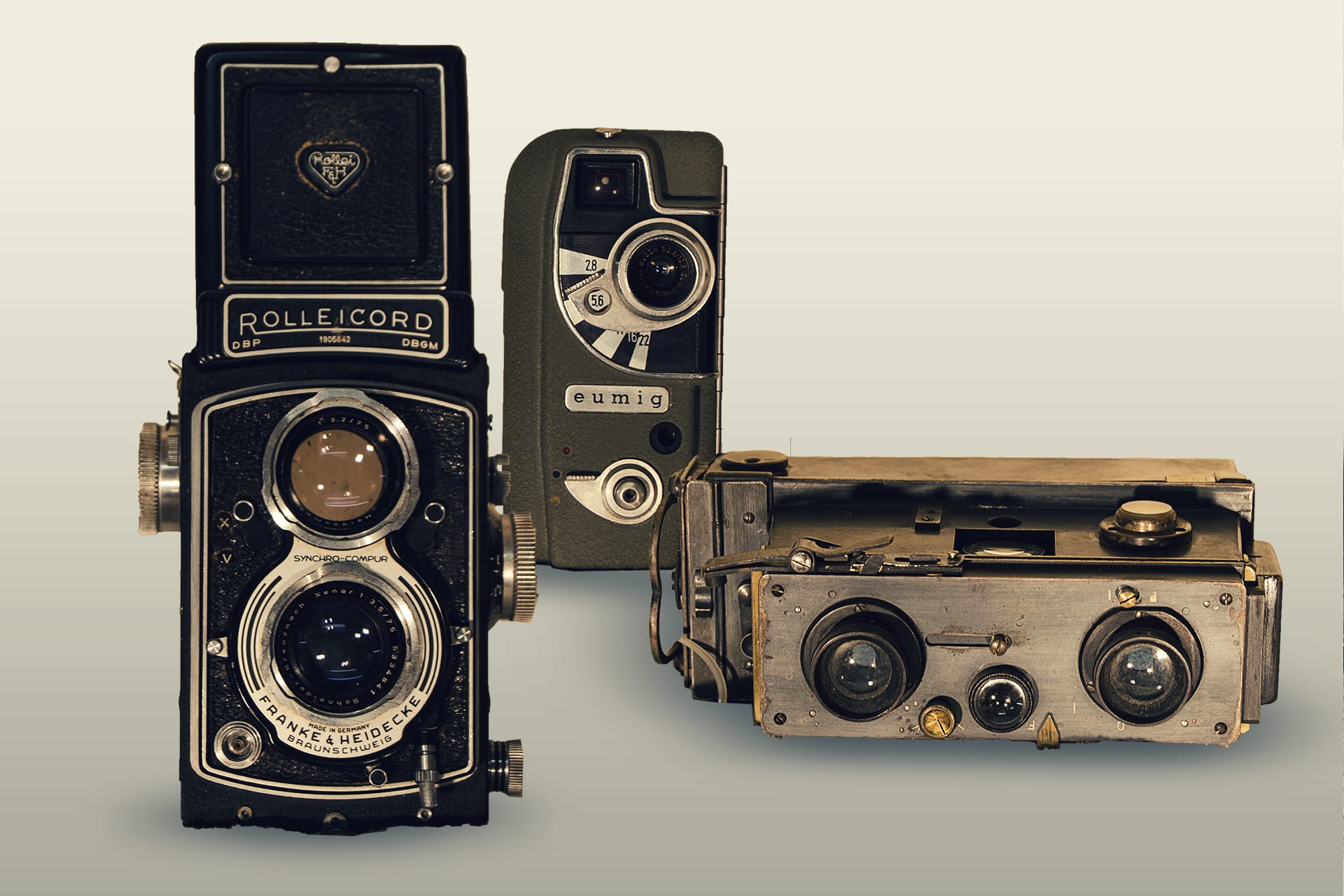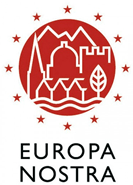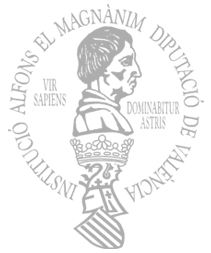
The banc of the seamstress
15-10-2020
Many municipalities in the province of Alicante are known throughout the Spanish territory for their character of "traditional". Who doesn’t know that toys were made in Ibi? That the nougat is made in Xixona or that Elche was dedicated, among other things, to the artisan elaboration of the espadrille...?
The footwear industry in Elche is born from the use of hemp fibre for the manufacture of espadrilles, used by the bulk of the population, mainly dedicated to agricultural work, whose representation is at the origin of the Pusol School Museum.
In the space dedicated to hemp is explained, mainly, how the yarn was obtained by braiding the fiber of this plant and how, on the other hand, the ropes were used for the elaboration of the soles of the espadrilles. It highlights the exposed menar wheel and a very characteristic object of Elche, to which I dedicate this text: the seamstress’s bench.
As the name suggests, the sole of the espadrille was sewn on this bench. It consists of an inclined board in the front, as a table, with a flange so that the pieces do not fall to the floor; a bench where to sit to work and a box to store the tools that used, such as the chamaril or the almaraz/ armará (needle). On the board there is a wooden protrusion called a beep with a slit, which served to support and hold the sole during sewing. It was also used to tighten the rope: "I wound the rope in the upper groove of the Whistle by pulling the sole so that the sewing was tight"[1]. On the bench could not miss the mullaor, a metal can reused a canning, where store a small amount of oil to grease the tip of the needle and thus facilitate penetration into the sole.
Already in 1999, in a monograph on the seamstress published in El Setiet nº 10, Juan Galiano and Antonio Ródenas explained in detail each and every one of the processes carried out for the elaboration of the espadrille: www.museopusol.com/media/downloads/25.pdf.
From the first decades of the last century, began the decline of this trade and the gradual abandonment of banks by sewing machines soles. Fewer and fewer people know the operation of this object, but, for some reasons or others, all the Ilicitanos and Ilicitanas know that, as the white palm and palm, the pomegranate or the Lady of Elche, is a symbol of the municipality, in this case, as land of a "a hard-working people [...] who have succeeded in fostering their creativity and inculcating it in the immense mass of immigrants welcomed into our recent history"[2].
Author: Estefanía Antón, trainee in "Sale of tourism products and services"
[1] GALIANO, J. and RÓDENAS, A: "El Costurer" in Newsletter El Setiet number 10, Pusol Agricultural School Museum, Elche, spring 1999, p. 20
[2] GALIANO, J. and RÓDENAS, A: "El Costurer" in Newsletter El Setiet nº 10, Pusol Agricultural School Museum, Elche, spring 1999, p. 26.
